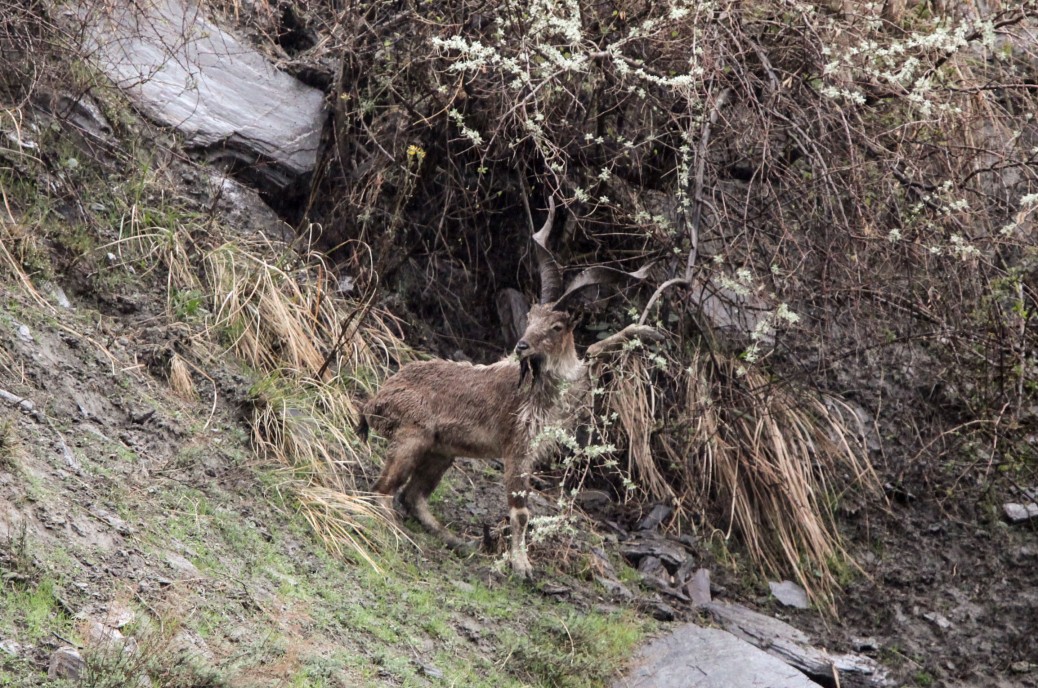
Pakistan
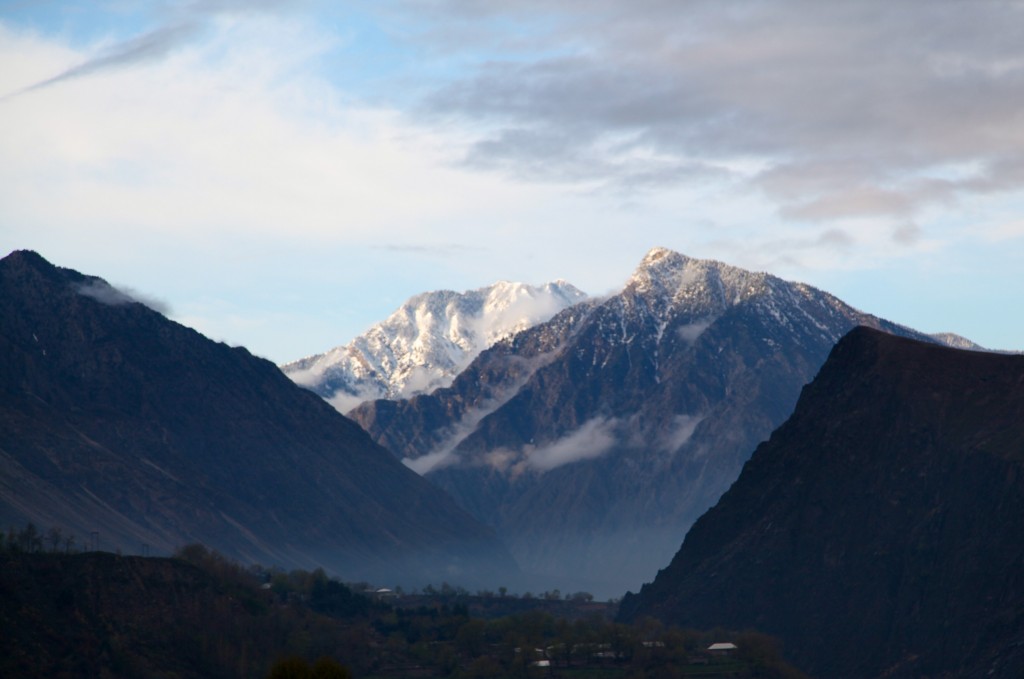
The Hindu Kush
In April 2011 I got the chance to visit Islamabad for work. My office had some concerns about my security. I had some concerns that I wouldn’t be able to see any mammals. But where there is a will there is way.
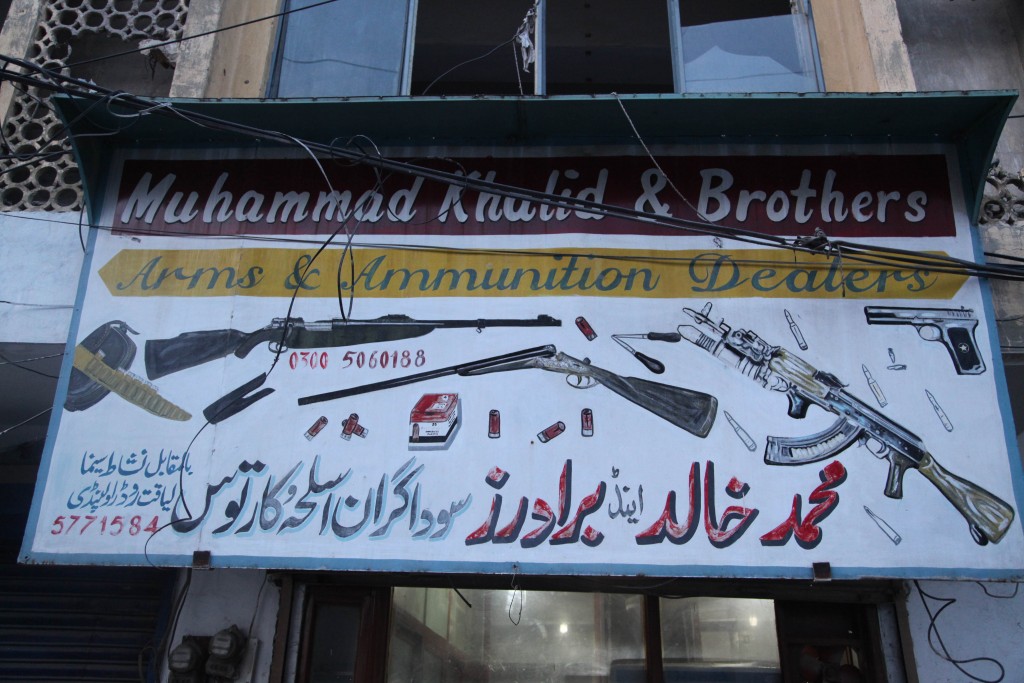
Gun store, Rawalpindi
I was a little cautious at the thought of heading up country to look for stuff but a Markhor has got to be worth a risk. And a quick look on Google suggested that the area around Chitral, in the north west of Pakistan was the place to go. It was also apparently quite safe albeit difficult to get to: the daily air service from Islamabad was notoriously unreliable.
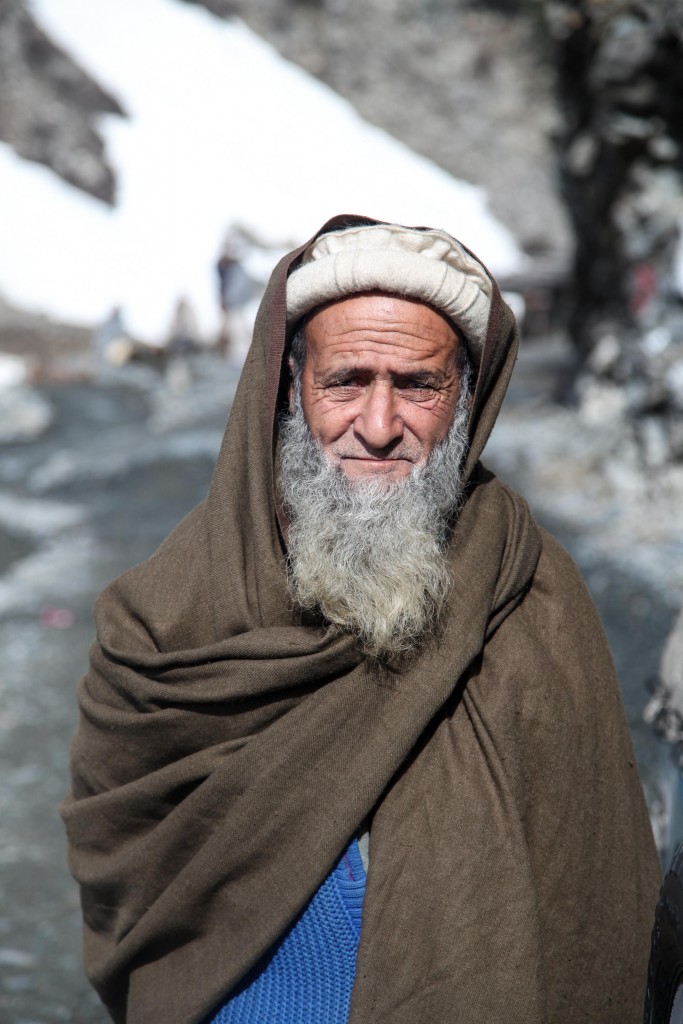
Hindu Kush tribesman
I contacted a couple of local operators and Hindu Kush Trails seemed good and were the first to reply. They were willing to organise a trip and they were confident I could see a Markhor. I still thought it would be wise to look into the security situation more closely though … getting beheaded on Youtube is not on my hundred things to do before I die list.
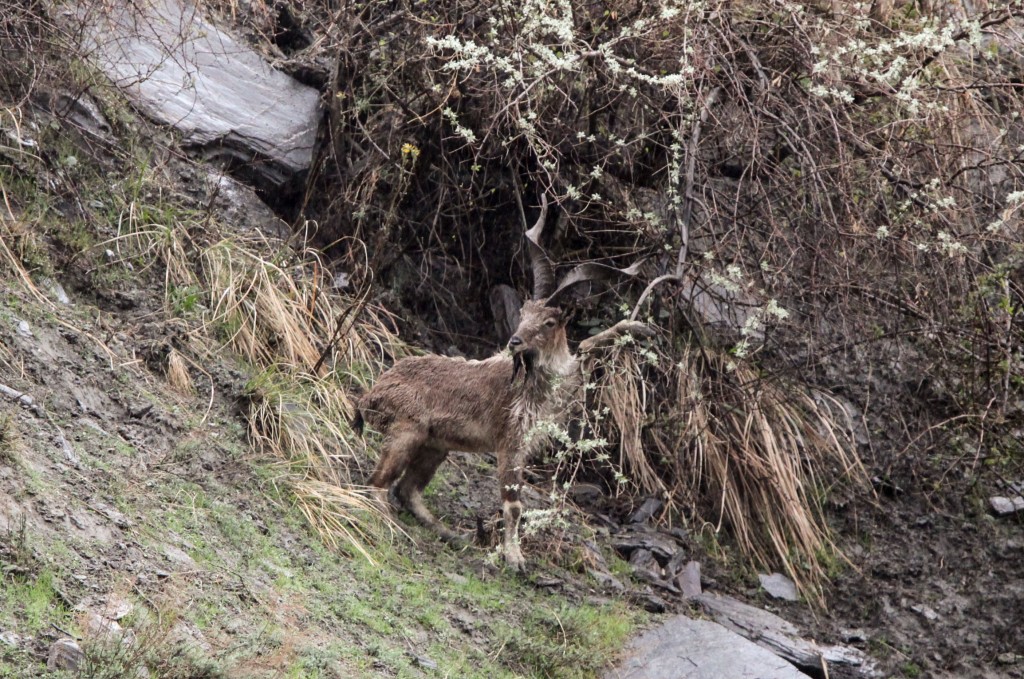
Markhor, Capra falconeri
In a testament to our globalised world, an American friend of mine here in Paris knew a retired general from the Pakistan army. He was on facebook. Go globalisation! He was also happy to help and immediately put me in touch with his friend, Nazir Sabir, Pakistan’s most famous mountaineer and a keen naturalist (and as of April 2011 the only Pakistani to have climbed Mount Everest though a fellow countrymen got to the top in May). Nazir runs his own travel company Nazir Sabir Expeditions and I was tempted to use him. Nazir called me, told me, very ethically, that as I had started dealing with Hindu Kush Trails I ought to continue and that they were reputable and my best bet. He also reassured me that the Chitral area was safe, but that indeed the flights were problematic.
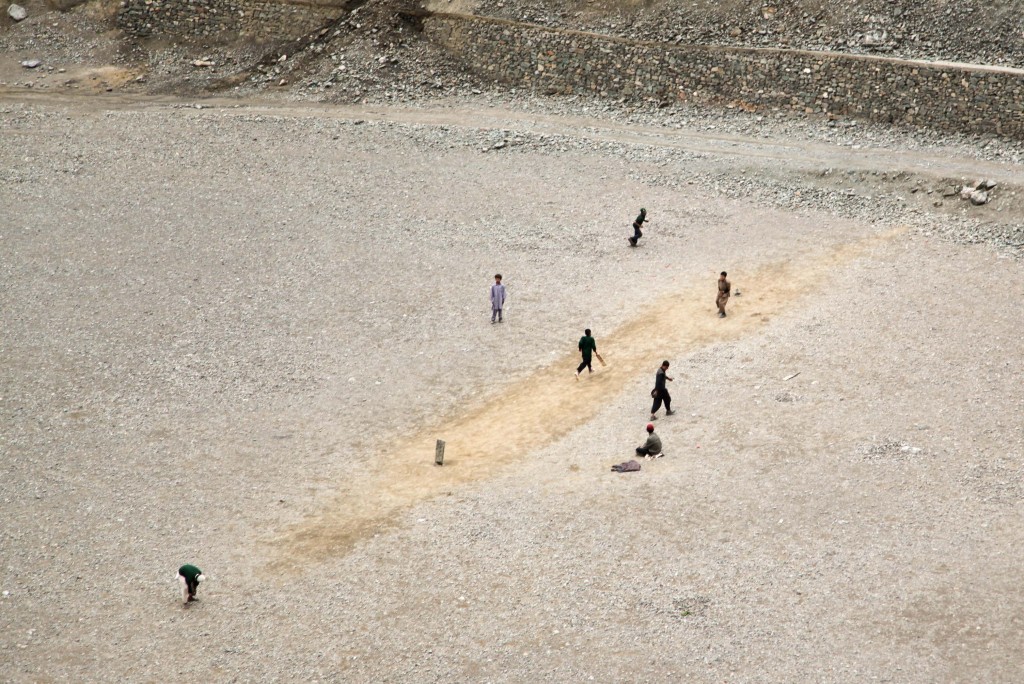
Impromptu cricket pitch
And they were. When I checked in at 7 a.m. I was assured the flight was leaving. At 7.30 a.m. it was cancelled. So I called Maqsood ul Mulk from Hindu Kush trails who already had a Plan B on standby. An hour later I was driving north to the town of Dir where I would swap my saloon car for a 4wd and continue to Chitral. The drive to Dir was quick. It took five hours but should have taken seven. I think the guy driving was probably a former test pilot for the Pakistan airforce who’d been court martialled for reckless endangerment. But otherwise it was uneventful.
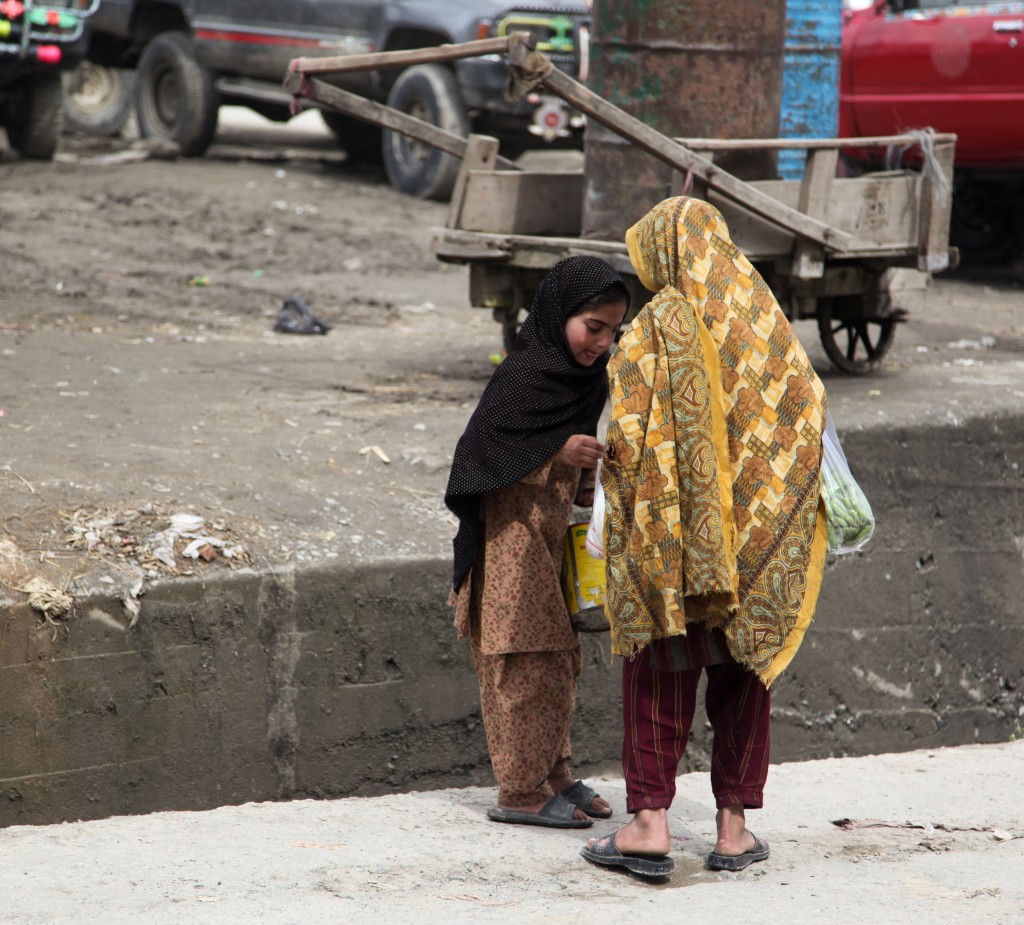
Dir girls
At Dir I was met by my wonderful driver Chiragh and guide Babu. These guys had helped the BBC make their Snow Leopard documentaries and were extremely professional, kind and courteous.
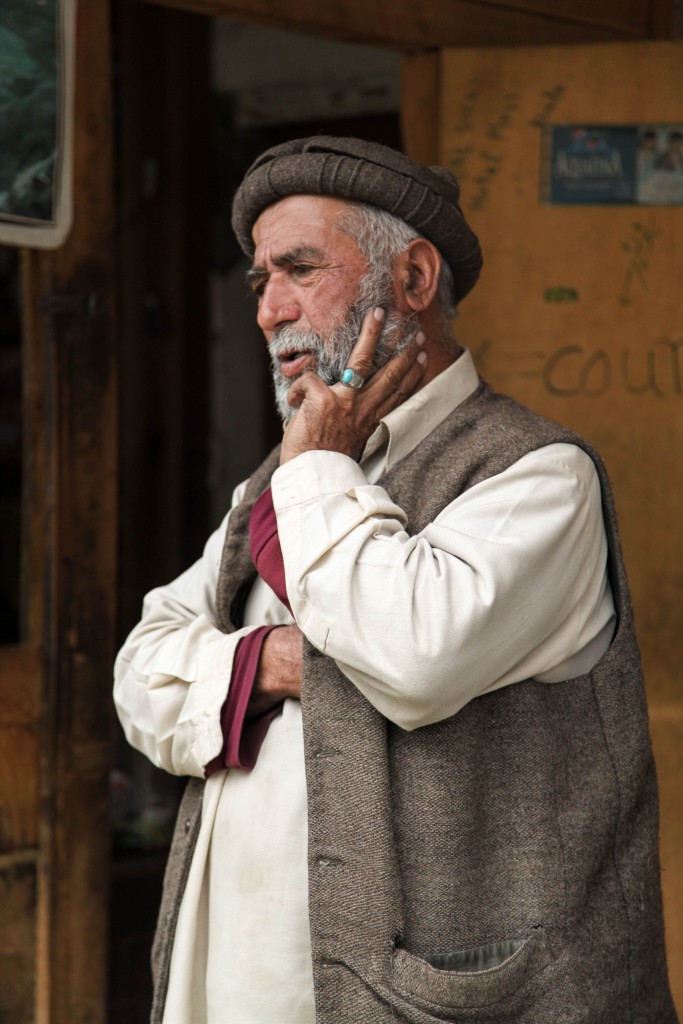
Chiragh, my driver
The five hour drive on to Chitral was quite spectacular.
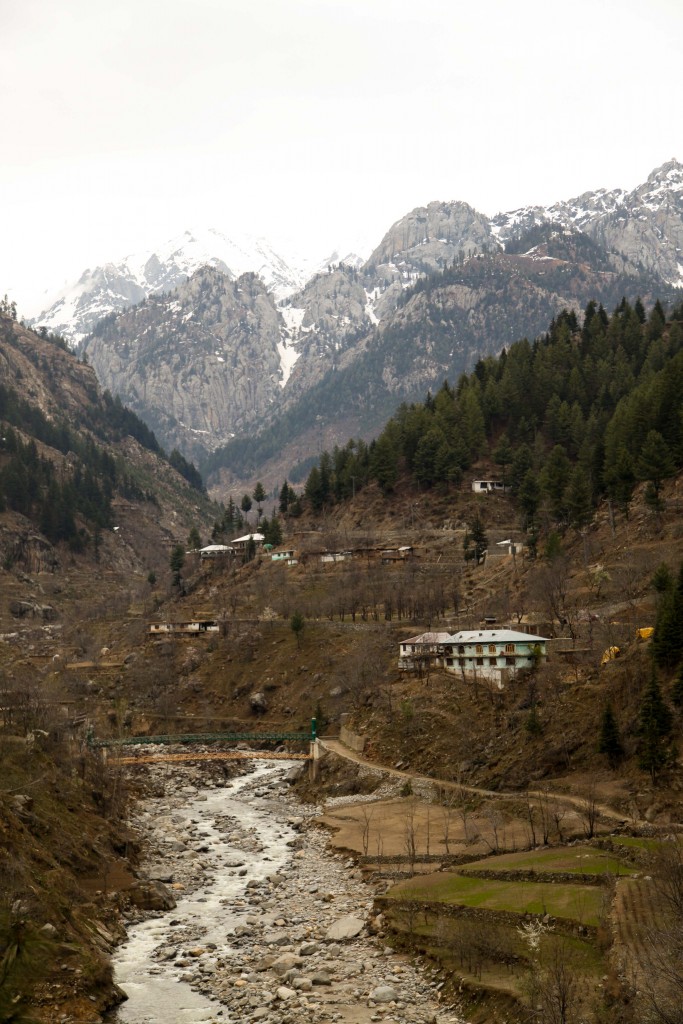
The Road to Chitral
It was also quite unnerving.
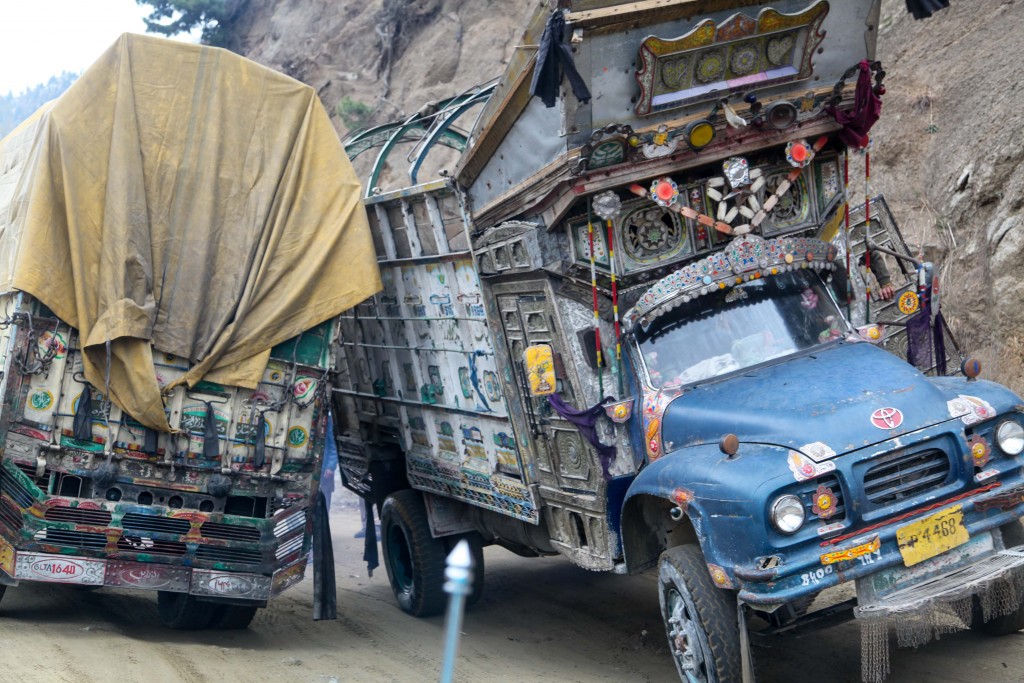
The Road to Chitral
There are now two options to get from Dir to Chitral. You can go over the mountain, which is slower, more scenic and often closed to bad weather.
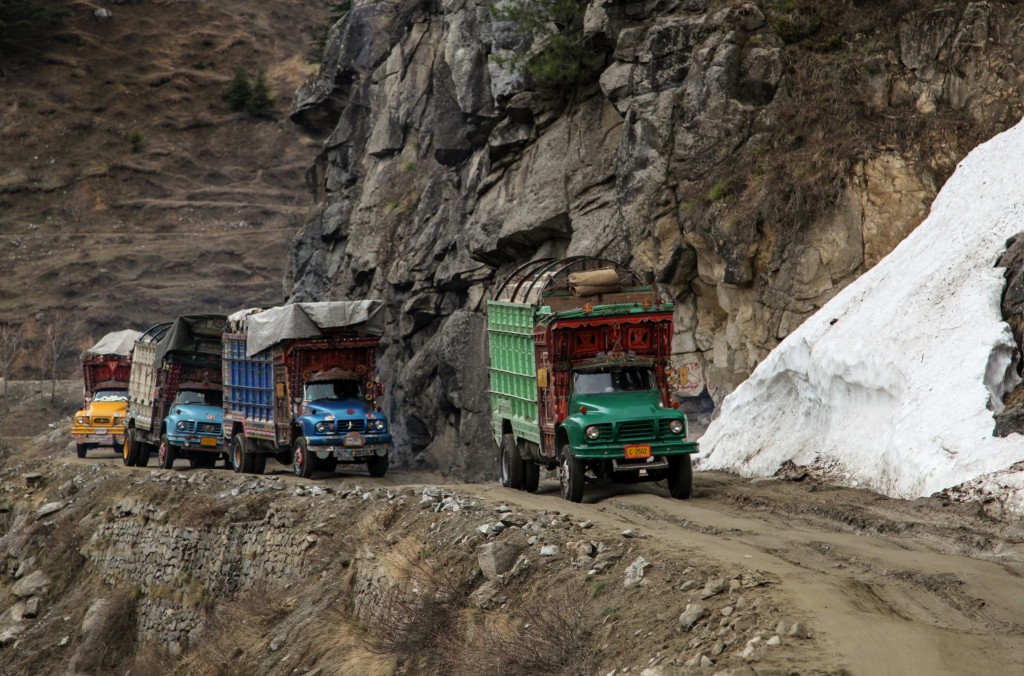
Or you can go through the mountain, via a new tunnel that is being constructed by the Korean International Cooperation Agency. The tunnel is only open for a few hours each day (for the rest of the time they are presumably working on it) and it was far from scenic. There is no lighting, no ventilation, no drainage and the 8 km stretch is just a hole in the rock that was partially flooded in sections, and rich in nothing other than carbon monoxide.
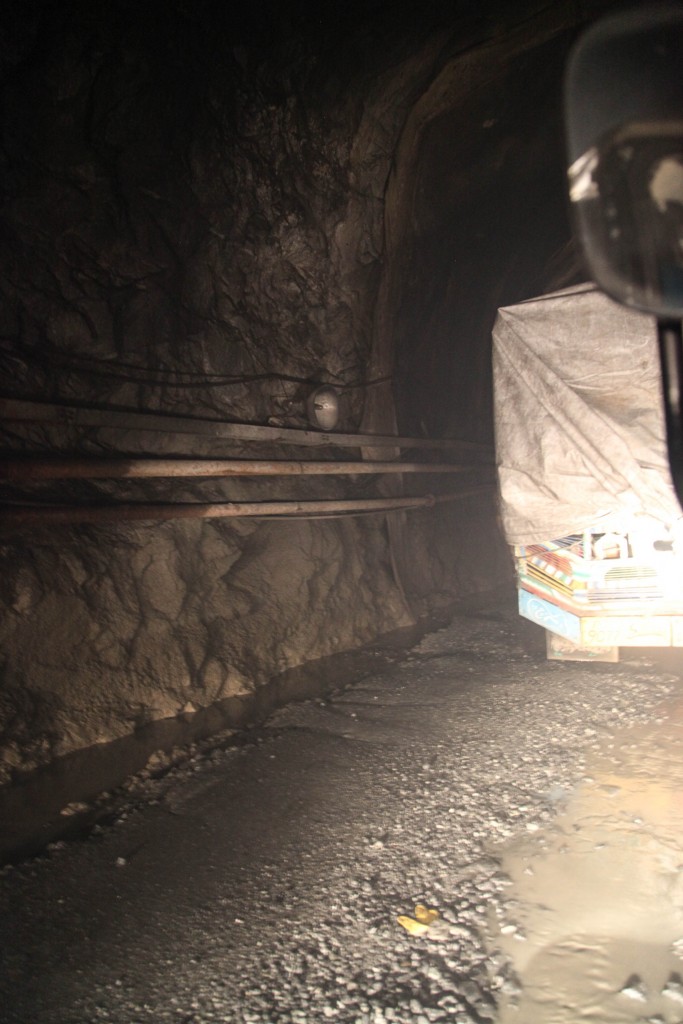
The tunnel to Chitral
But it is quicker than going over the top and in any case the mountain pass was closed to snow that day.
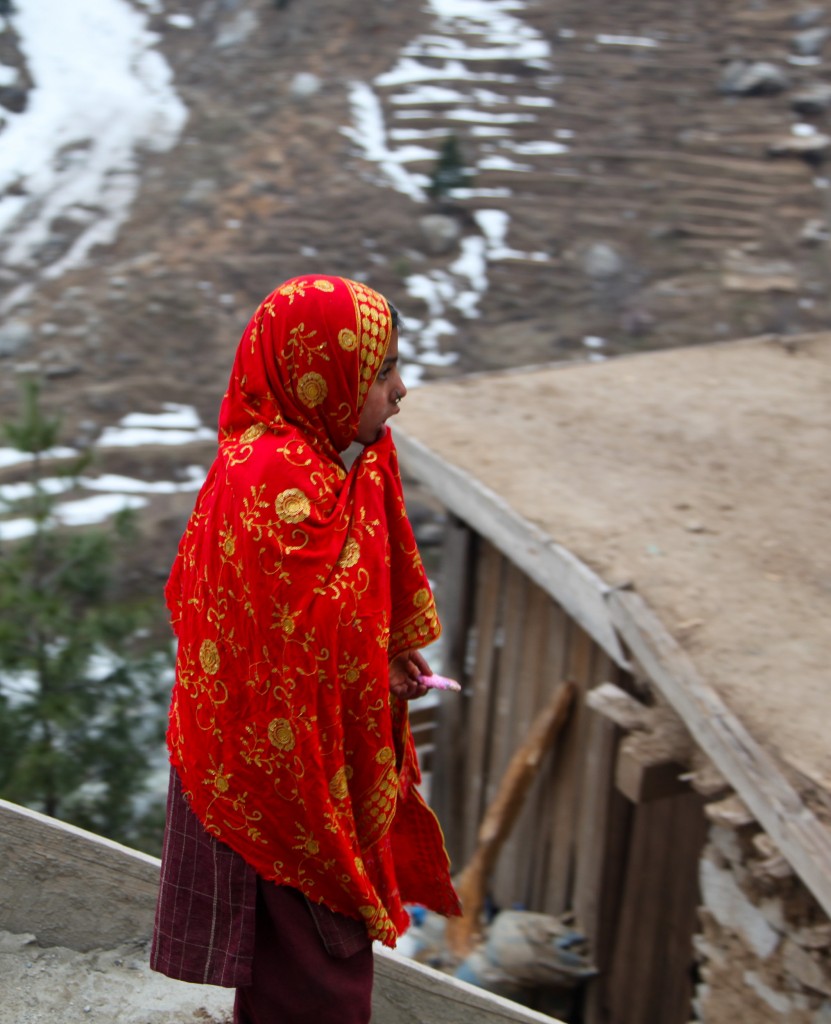
We arrived in Chitral at dusk and I seemed to be the only guest in the large and comfortable hotel. Tourism has all but ended in the area thanks to the Taliban.
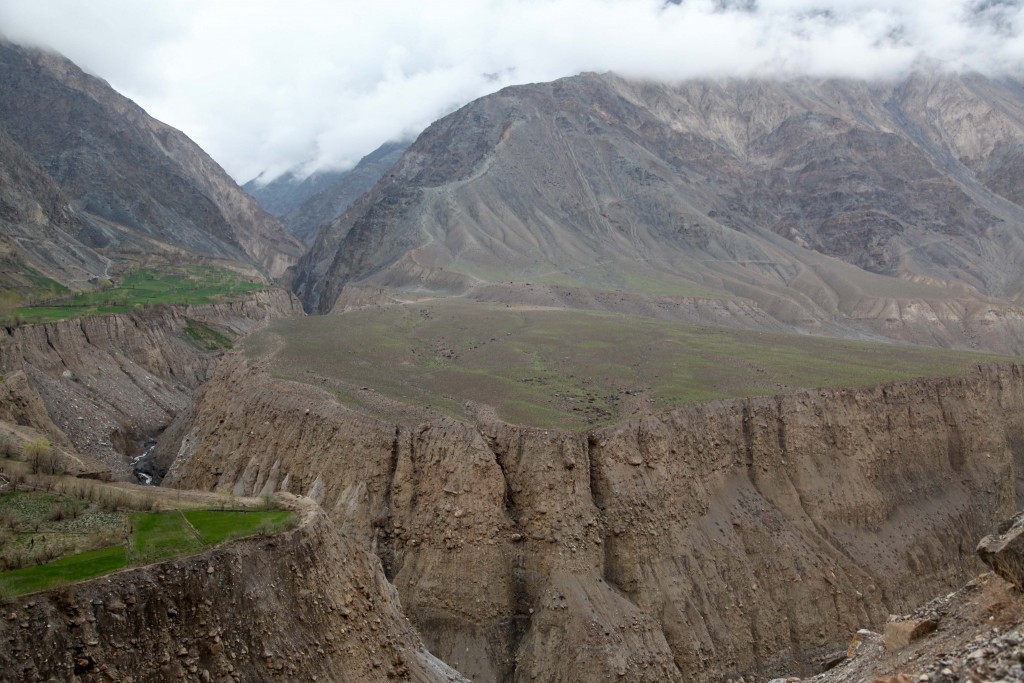
Chitral region
There was persistent rain the next day. It was deemed too dangerous to head into Chitral-Gol National Park where I had hoped to spend most of the day looking around. There was a vague chance we would see a mammal or two, but there was apparently a greater chance of landslides given the weather. And no matter, the best way to see Markhor was in the late afternoon in the Thushi reserve near Chitral town.
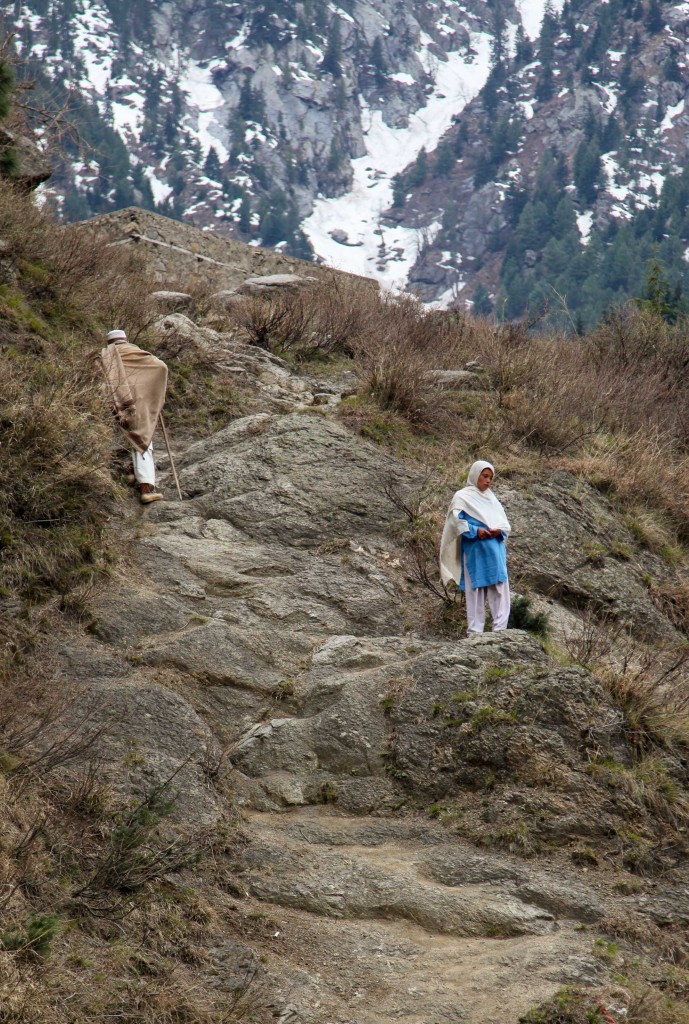
So after registering at the police station (they do like to register you in Pakistan… I lost count of how many times my passport details were copied down by various people in uniforms – I even needed to show it in my hotel sometimes to buy a beer) we headed off for a couple of hours sightseeing along the road into a nearby valley. I had now been joined by an armed policeman who had the job of protecting me. After 20 minutes the drive shaft of the toyota dropped off. We commandeered another car and carried on, took a few photos and returned to find the jeep had been fixed.
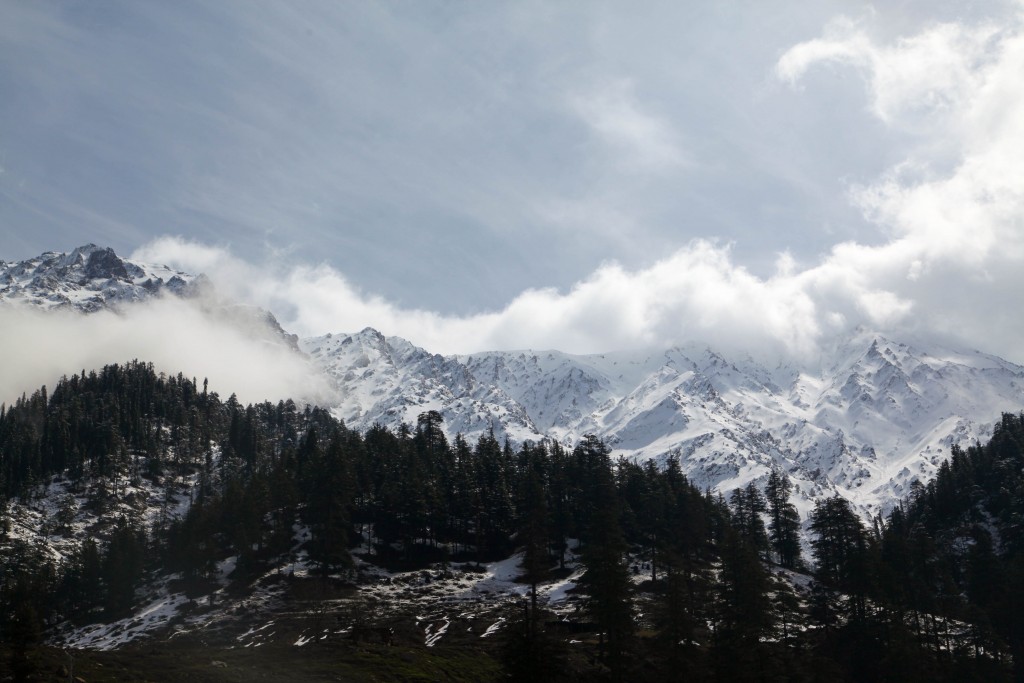
The rain was heavier after lunch but it was now or never for the Markhor so we drove the 30 minutes to the Thushi reserve and quickly spotted our first animals coming down the slopes to the river where they drink every evening.
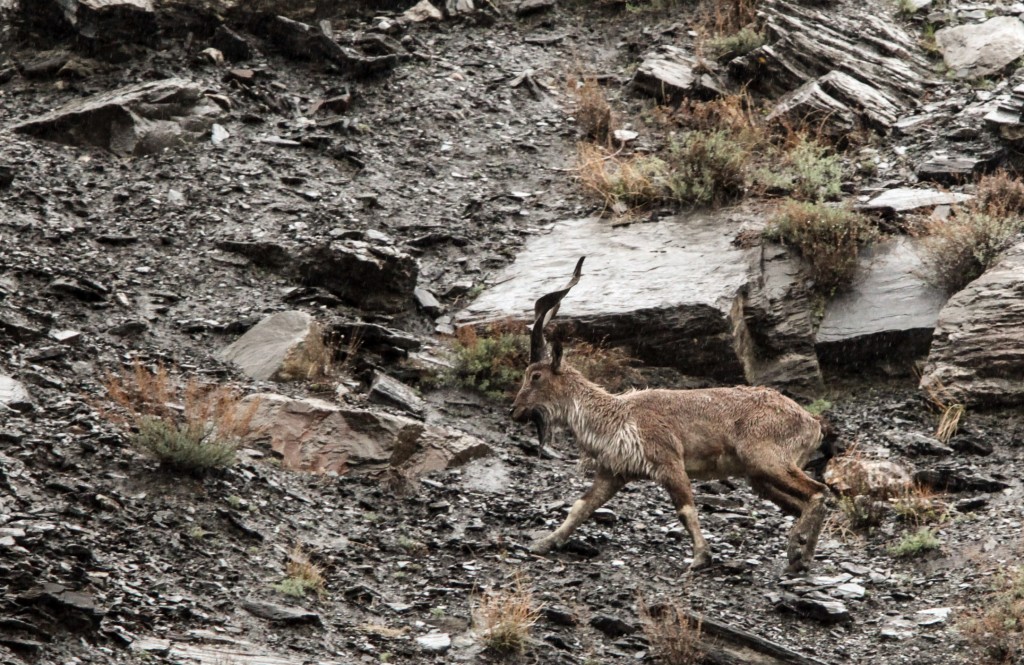
Markhor, Capra falconeri
I saw around 50 different animals over the next 90 minutes which was better than usual I was told. This is the area where a Snow Leopard was seen each February for several years (and where the BBC filmed it). She didn’t come this year but that may have been because of the late snow fall. November, I was told several times, is the time to come for the Markhor to see the rut which must indeed be spectacular.
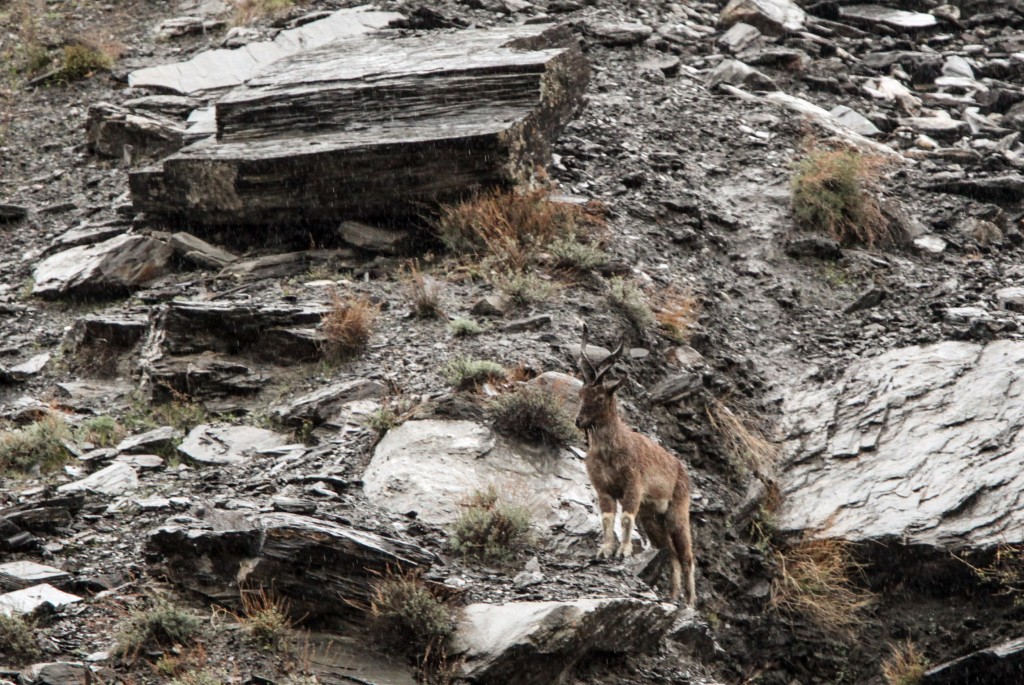
Markhor, Capra falconeri
It wasn’t looking good for the flight back to Islamabad the next morning and sure enough it was cancelled so we drove back the way we came. We made good time to the tunnel arriving at about 10 a.m. But the tunnel didn’t open until noon.
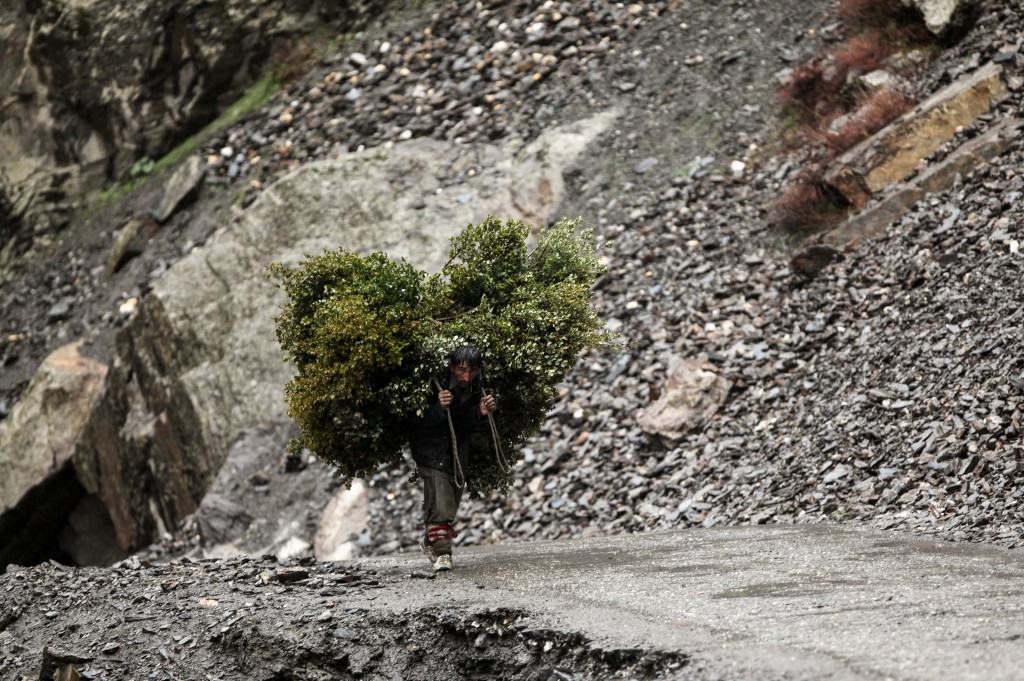
After prolonged negotiations with a series of soldiers and construction workers we were granted an audience with the site manager, a Korean, who must strike terror into the hearts of his workforce given their reluctance to talk to him. He did not in fact actually meet us… but after he got my business card, he came out of his office, walked past us, and spoke to some trembling underlings. Shortly after we got a message to say we were allowed to go through. By now it was 11.30 a.m. Unfortunately the solider at the gate insisted that this order was given to him in writing and no one had the stomach to ask the site manager for that. Oh well it passed the time….. and generated a good deal of amusing conversation among my companions about the state of the Pakistani army. No wonder they hadn’t spotted Bin Laden living next door.
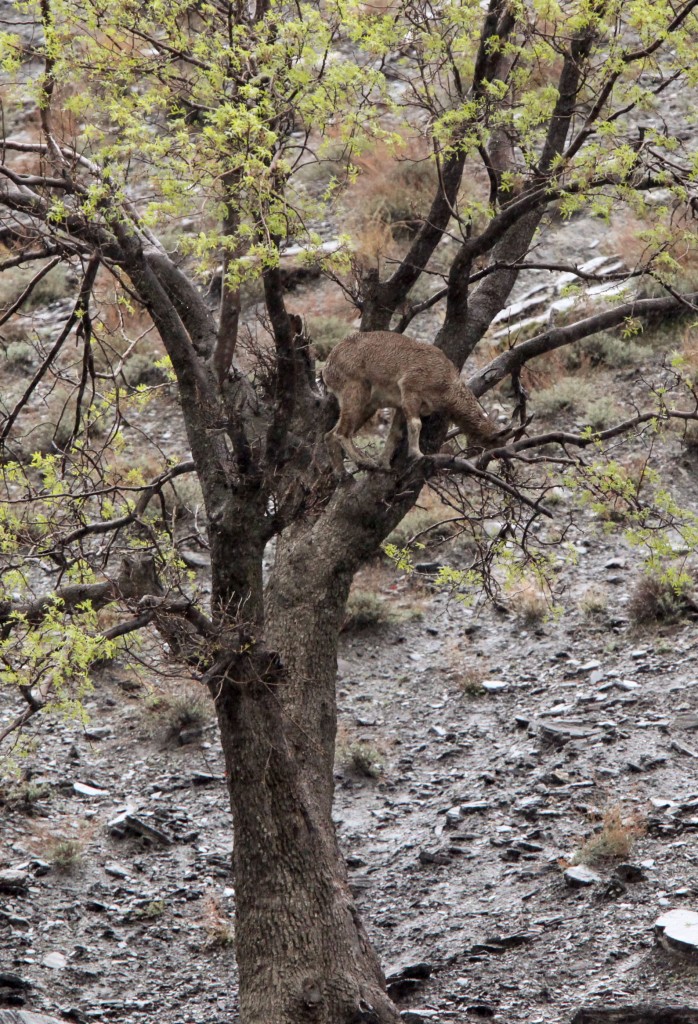
Markhor, Capra falconer can climb trees
The drive home was much slower: heavier traffic than on Saturday and a more cautious driver from Dir to Islamabad who made up for in road rage what he lacked in recklessness. But an interesting trip for sure, and a beautiful area. I felt entirely safe all the time (which perhaps may have been naivety on my part I suppose) but everyone I met was friendly, polite and, more than anything, pleased to see a tourist.
Islamabad
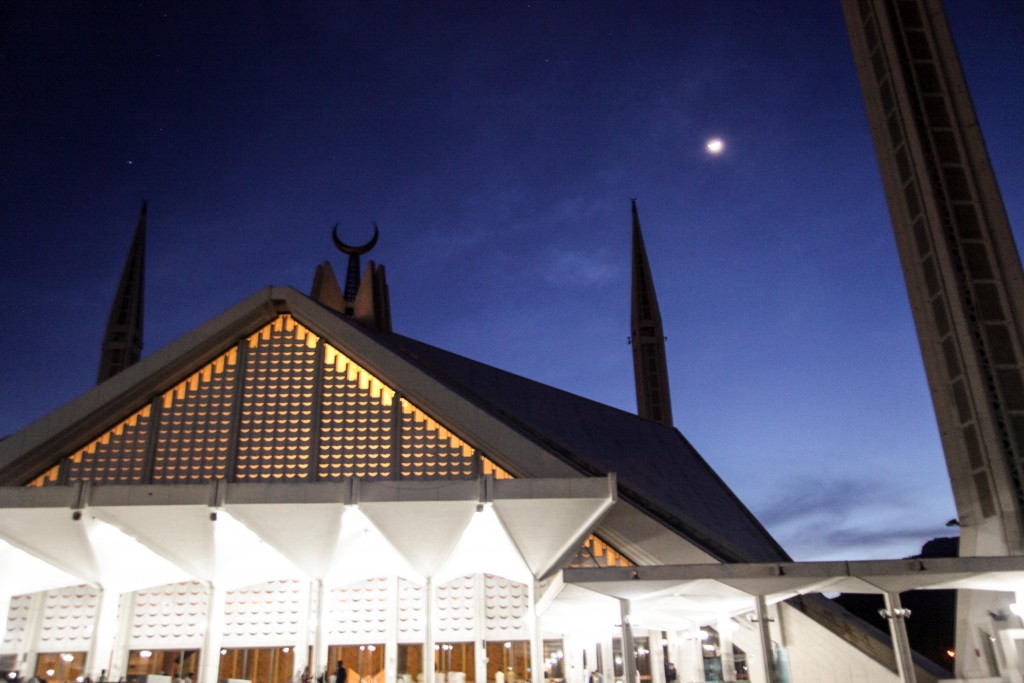
The Faisal Mosque
Islamabad is a gracious city, planned and modern and if it was a species, I’d put it genetically closer to Canberra than Lahore. Like Canberra it has a lot of green space and I had lunch one day in a restaurant in the Margallah Hills National Park close to the city centre. Signs warned of troublesome monkeys, of which there were plenty – Rhesus Macaques – looking for handouts in the areas where the people are. Other wildlife including Leopards, which I did not see.
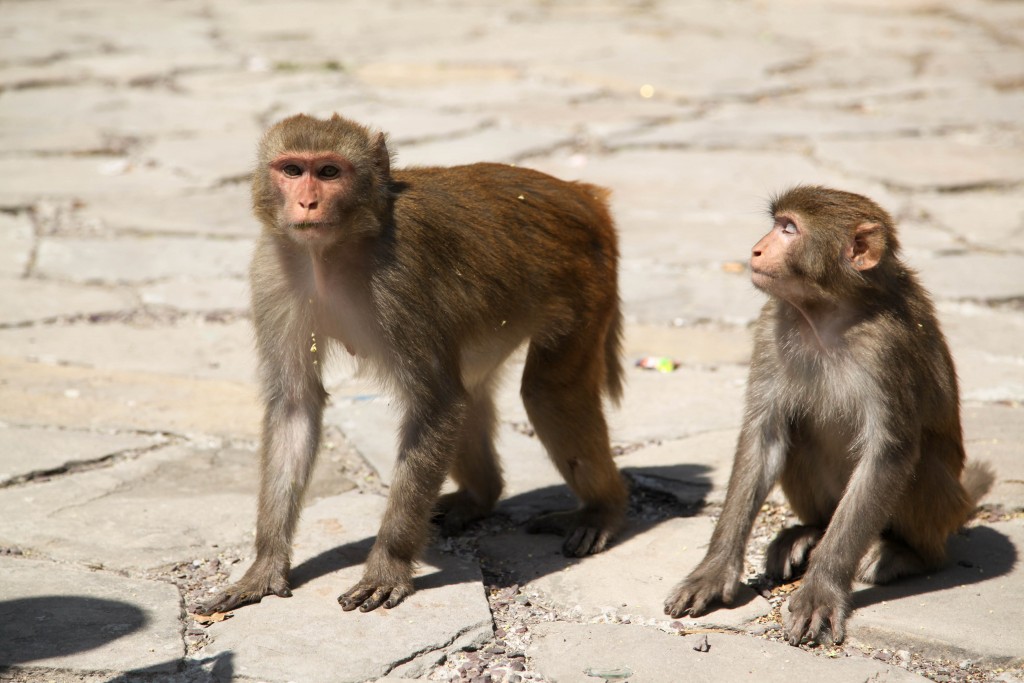
Rhesus Macaque, Macaca mulatta
Community Reports
Pakistan, Nov 2011: Dominique Brugiere, a successful search for Markhors.
Pakistan, 2004: Vladimir Dinets’s notes of 3 weeks & 71 species, including many small mammals and Woolly Flying Squirrel.
Also See
Mouse-tailed Bat ID, Southern Sindh, July 2024
Resources
Roberts, T.J. 2006. Field Guide to the Large & Medium-Sized Mammals of Pakistan. Oxford University Press. This seems like a reasonable book and I haven’t seen anything better for Pakistan.
Roberts, T.J. 2006. Field Guide to the Small Mammals of Pakistan. Oxford University Press. Same comments as for the sister volume – this seems like a reasonable book and I haven’t seen anything better for Pakistan.


Leave a Reply
You must be logged in to post a comment.